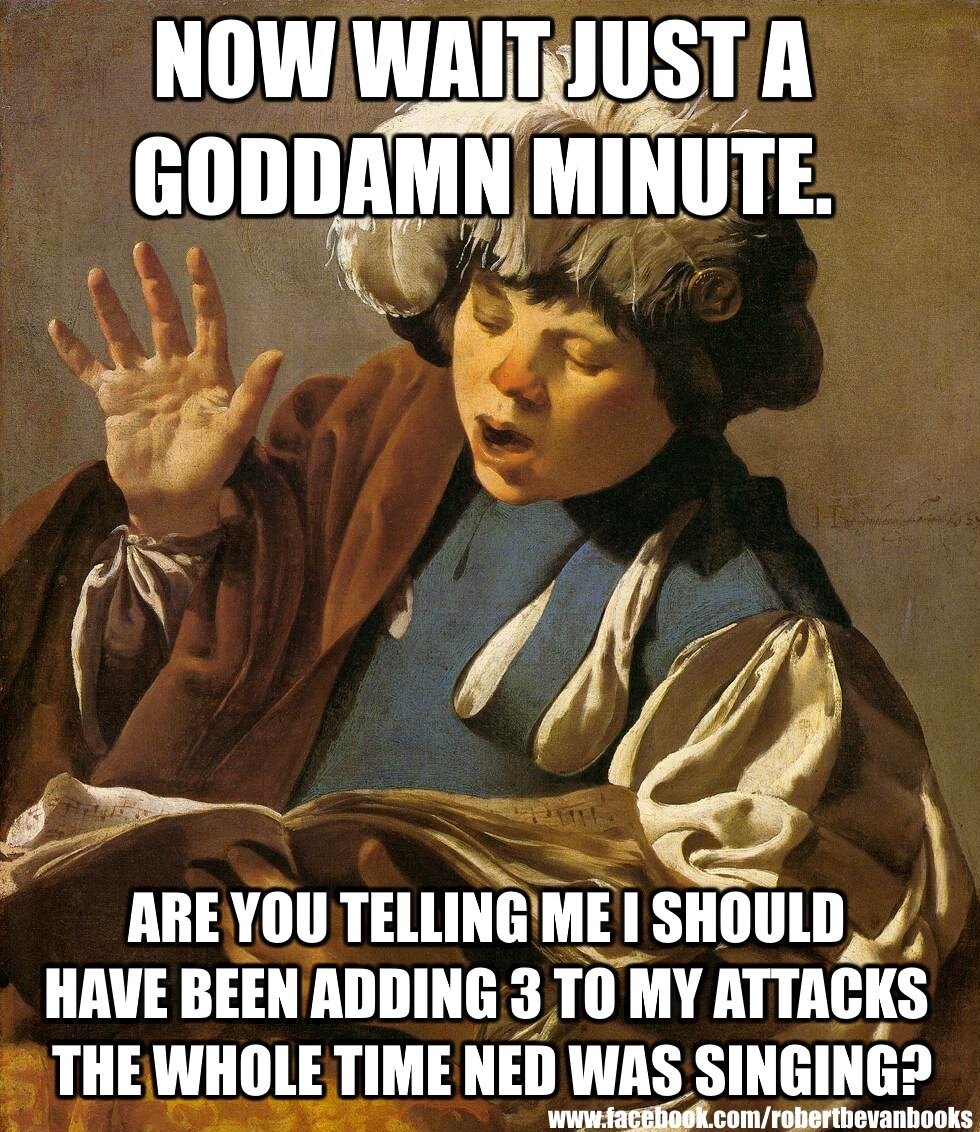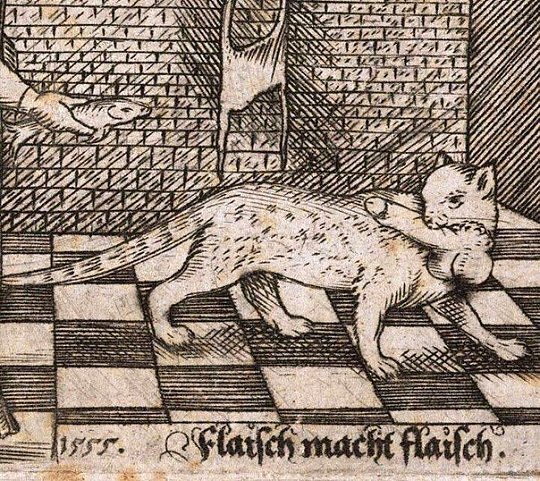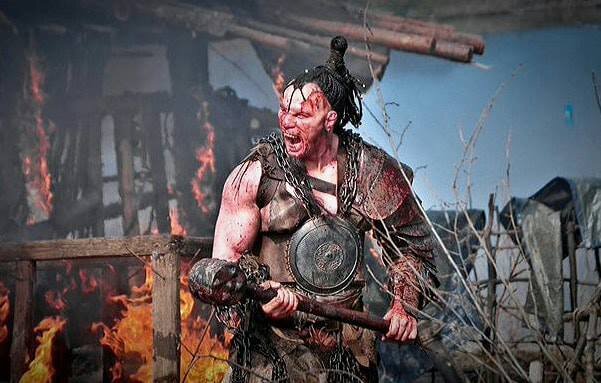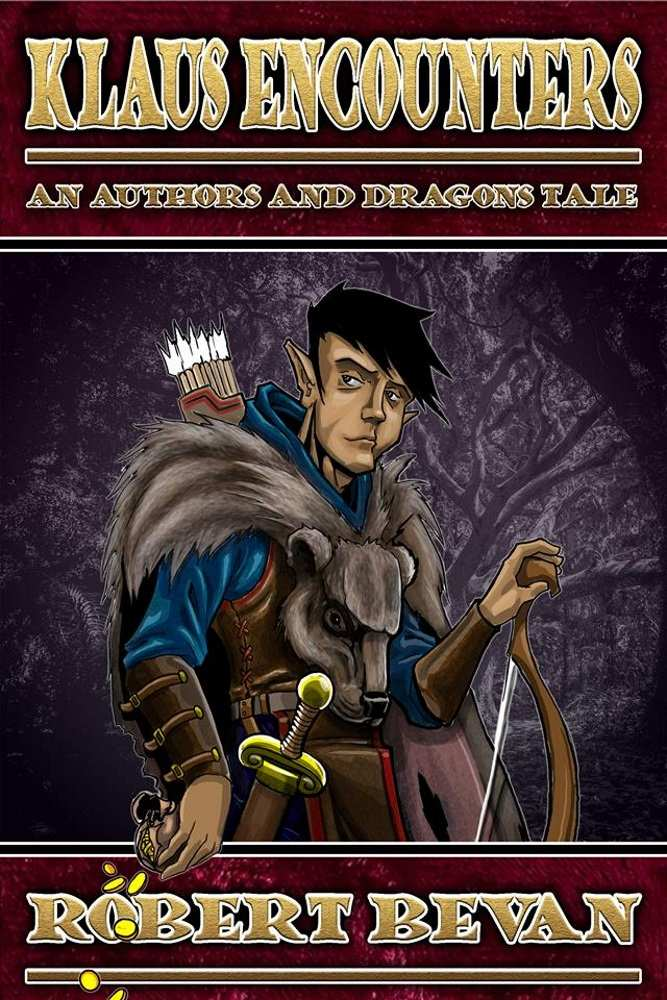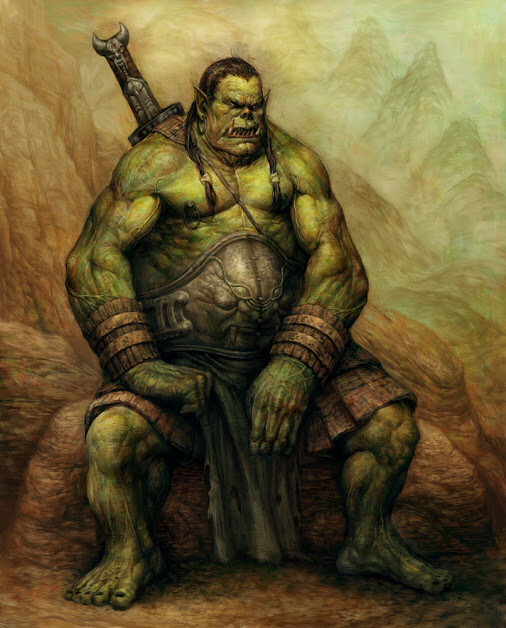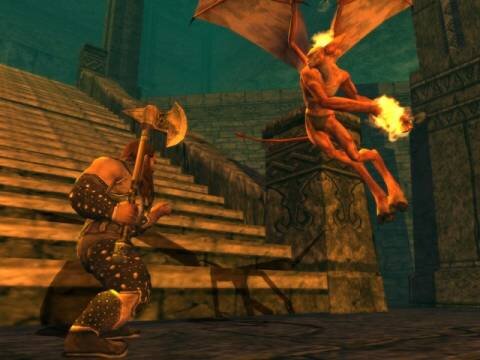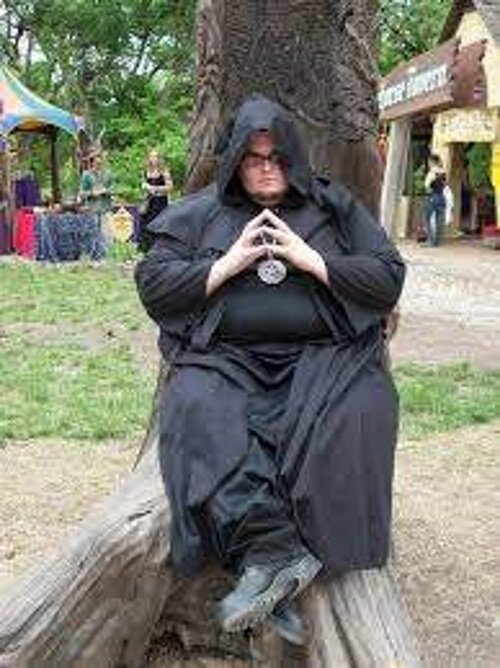By Johnathon Wilson
I’ve been thinking a lot about Rogues recently. I talked about Expertise in a previous article, praising the way it allows you to fulfill your character vision. I stand by that, and that realization is also what made me fall in love with Rogues. I had the pleasure of playing an Inquisitive Rogue through Waterdeep: Dragon Heist, and into the Dungeon of the Mad Mage. There were some….growing pains, as most of my previous characters were Warlocks, Monks, or Paladins. I was used to having my characters be fairly straightforward, with clear decision trees when it came to contributing to the session. Rogues can be straightforward in certain ways, like how you want to be sure to be applying your Sneak Attack damage every round, but often require more forethought. The problem that I ran into is that Rogues more than anything provide more efficient tools than nearly any other class, but a Player has to use those tools to see their Rogue shine. It took a few levels for me to figure that out, and to learn to love the Rogue. I’d like to talk about a few key things that I believe contribute to the enjoyment of playing a Rogue, that I think can help any player with the game.
Rogues are efficient. The tools provided by even just the first 5 levels of the class ensure that you will be able to make the most of every Turn. To really clarify this, I think it’s important to break down the available Actions that a character has during a Round of combat. The first aspect of this is identifying the terms used for your various options. A Round of combat is the amount of time it takes for every Combatant to have a Turn. In fiction, this last for 6 seconds, as it is assumed that all Turns happen nearly simultaneously. Your Turn order is determined by Initiative, which is rolled at the beginning of Combat. There are four possible Actions to spend during a Round, three of which are used on your Turn (Action, Bonus Action, Movement Action), and one of which can be used on your Turn or during another Turn (Reaction). These rules can be bent or broken with certain Class Features like Action Surge from the Fighter class, which allows you to take an additional Action on your turn once/short rest. Otherwise the rules hold, with Action, Bonus Action, and Movement Action occurring on your turn, and a Reaction occurring either on your Turn or another Turn.
Action and Movement Action are almost always used by every class, with the Action being used to cast most spells and make most attacks. Bonus Actions are used by many classes to either buff attacks, make additional attacks, or cast a select few spells. That being said, not every class makes effective use of their Bonus Action, which is one of the standout features of the Rogue class. Thanks to Cunning Action, acquired at second level, your Rogue will almost always have a good use for their Bonus Action. Dash, Disengage, and Hide, are extremely useful Actions to take in Combat, especially when Cunning Action allows you to do so and still use your Action to Sneak Attack.
The Reaction is a special type of Action, namely in that it is the only Action that can be taken off-turn. It can help to conceptualize the various Actions as currency that you can spend every Round to make your moves. The Reaction is the only Action that is spent due to another stimulus, or in Reaction to something else happening. The Shield spell allows the caster to spend their Reaction, as well as a first level Spell Slot, to add 5 to their Armor Class until the start of their next turn and they must have been “…hit by an attack or targeted by the magic missile spell”. At level 5, Rogues gain the Uncanny Dodge ability, which allows them to spend their Reaction to halve the damage from an attack that hits them. The best part of Uncanny Dodge, is that the further you get into your campaign, the stronger of an ability it is. It also plays nicely into the overall Rogue combat goal of “avoid/reduce damage while landing Sneak Attack”.
As a Rogue, you should be making sure to apply your Sneak Attack damage every round. To accomplish this, your target either needs to be within 5ft of a hostile creature or you need to have advantage on the Attack Roll. The Inquisitive and Swashbuckler subclasses provide nice ways around this, but generally you’ll need the meet the first two conditions. Outside of communicating with your team (ew gross no thank you), you’ll need to find ways to manufacture Advantage for yourself. Taking the Hide Action, allows you to make a Stealth check in an attempt to obscure yourself from view. If your Hide check is successful, you will be considered a “Hidden” creature, and will therefore have Advantage on Attack Rolls against creatures that can’t see you. This is straight from Chapter 9 of the Players Handbook. With Cunning Action allowing a Rogue to use a Bonus Action to Hide, you have a great resource always available to make sure that you can land those big Sneak Attack hits. Now, your DM isn’t going to let you hide in the middle of a bare room, but with a little ingenuity and planning you can reasonably find a place to Hide. With Rogue also providing two Expertise selections at level 1, you can easily have an extraordinary bonus to your Stealth check very early on.
The Rogue class provides a lot of outstanding features within the first 5 levels that allow you to get the most out of every round of Combat. It requires that you pay attention to your surroundings, and use the tools at your disposal, but they’re excellent tools. Success as a Rogue comes from understanding those tools, as well as the environment that you are going to apply them in. You must have a firm grasp of your available options before you can make a move to address them. So learn the difference between your Action, Movement, and Bonus Action. Understand when to plan a use of Uncanny Dodge, and when to use Disengage to get far enough away from trouble that you won’t need to. Either way, be smart, be efficient, and please don’t steal from your party. Please?
















